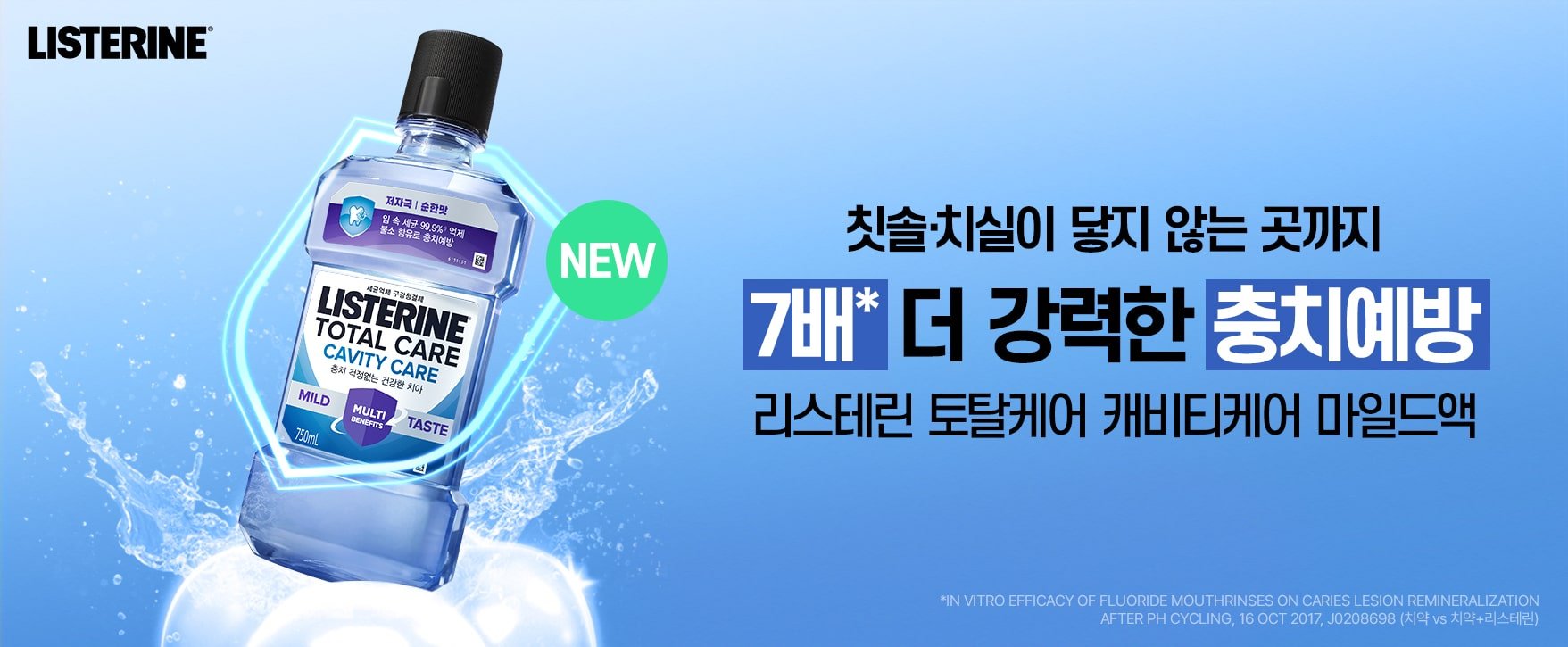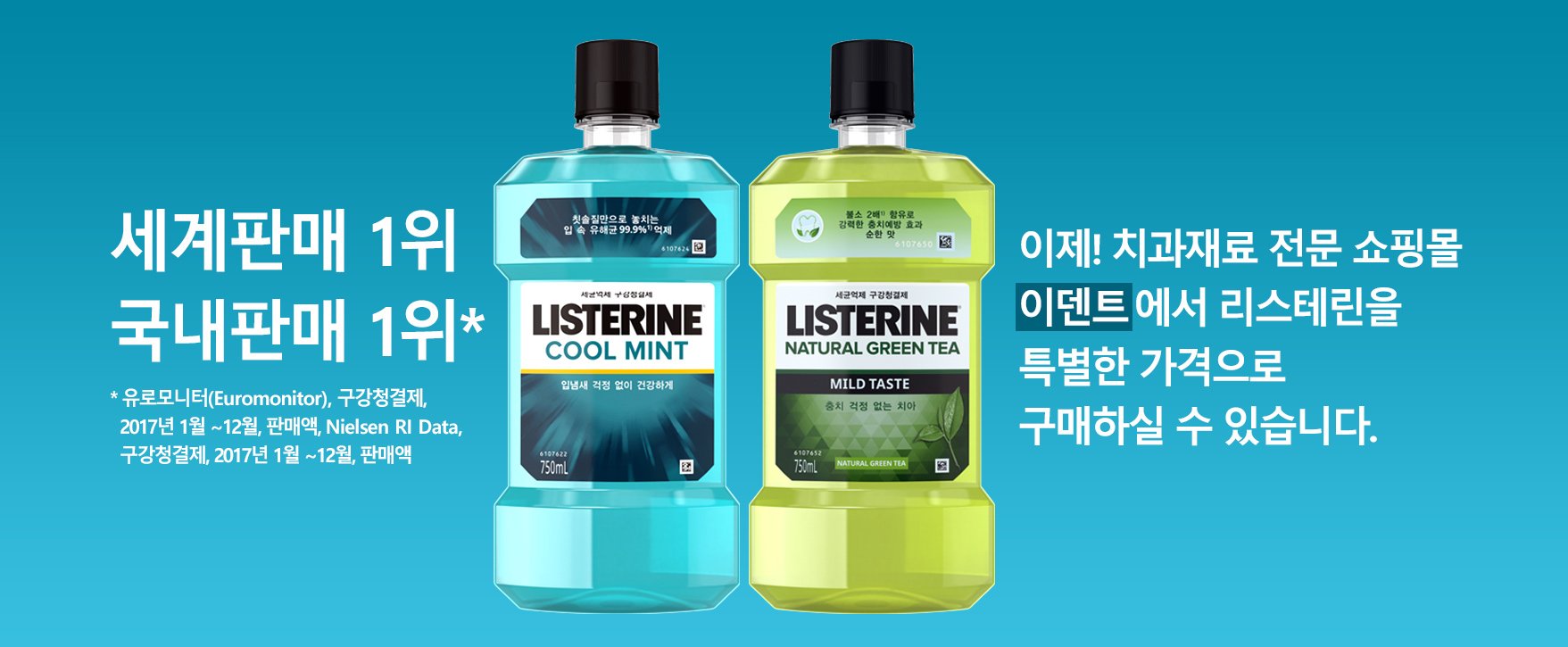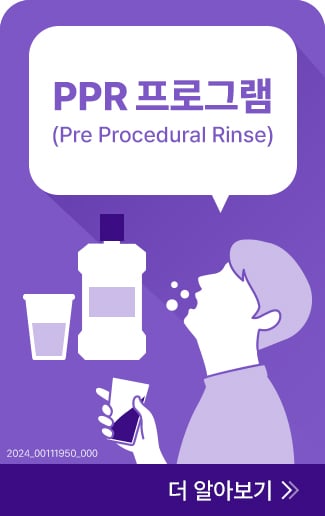Skip to main content
no.1_banner_cavity_care_ver2-min.jpg
Asset Name:
no.1_banner_cavity_care_ver2-min.jpg
Agency Producer Contact Name:
Usages rights coverage (countries/region):
Usage rights terms/length:
Photographer/Illustrators:
professional-buy-online-slide-image.jpg
Asset Name:
professional-buy-online-slide-image.jpg
Agency Producer Contact Name:
Usages rights coverage (countries/region):
Usage rights terms/length:
Photographer/Illustrators:
no.2_banner_kakao_ver2-min.jpg
Asset Name:
no.2_banner_kakao_ver2-min.jpg
Agency Producer Contact Name:
Usages rights coverage (countries/region):
Usage rights terms/length:
Photographer/Illustrators:
mian_banner_1757x7251.jpg
Asset Name:
mian_banner_1757x7251.jpg
Agency Producer Contact Name:
Usages rights coverage (countries/region):
Usage rights terms/length:
Photographer/Illustrators:
{* #userInformationForm *}
{* traditionalSignIn_emailAddress *}
{* traditionalSignIn_password *}
{* /userInformationForm *}
Welcome back, {* welcomeName *}!
{* loginWidget *}
Welcome back!
{* #userInformationForm *}
{* traditionalSignIn_emailAddress *}
{* traditionalSignIn_password *}
{* traditionalSignIn_signInButton *}
{* /userInformationForm *}
Please confirm the information below before signing in.
All Fields required, unless otherwise indicated
{* #socialRegistrationForm *}
{* socialRegistration_firstName *}
{* socialRegistration_lastName *}
{* socialRegistration_birthYear *}
{* socialRegistration_addressPhone *}
{* socialRegistration_emailAddress *}
Will be used as your user name
By submitting your information above, you agree that the information you provide will be governed by our site's 개인정보처리방침 .
{* /socialRegistrationForm *}
{* #registrationForm *}
{* agreementAll *}
본 웹사이트의 이용을 위하여 아래의 법적고지를 읽고 동의하셔야 합니다.
웹사이트 법적고지
{* agreementTerms *}
{* agreementIdentity *}
한국존슨앤드존슨판매(유) (이하’회사’)는 회원가입 시 다음과 같이 이용자의 개인정보를 수집 및 이용하오니, 내용을 확인하고 동의하여 주시기 바랍니다.
1. 개인정보의 수집 및 이용 동의 (필수)
수집항목
수집 및 이용 목적
보유기간
이름, 휴대전화번호, 이메일, 소속병원/진료과목, 병원명, 면허번호, 병원 전화번호, 병원주소
이용자 식별 및 회원 본인 여부 확인, 고지사항 전달, 민원 등 고객 고충/상담처리, 고지사항 전달, 회원자격제한 대상확인, 리스테린 센터 신청 링크 전송
회원탈퇴 시 또는 동의를 철회한 때까지
- 귀하께서는 본 동의를 거부할 권리가 있으나, 그 경우 리스테린 프로페셔널 웹사이트 회원가입이 제한될 수 있습니다.
{* agreementCollection *}
2. 마케팅 목적의 개인정보 수집 및 이용 동의 (선택)
수집항목
수집 및 이용 목적
보유기간
이름, 휴대전화번호, 이메일, 소속병원/진료과목, 병원명, 면허번호, 병원 전화번호, 병원주소
회사 전체 브랜드(리스테린, 뉴트로지나, 아비노, 클린앤클리어 등) 제품 마케팅, 프로모션 안내, 고객 분석, 제품 관련 행사 안내 및 초청, 제품/질환/치료 정보 및 홍보 자료 전달 회원탈퇴 시 또는 동의를 철회한 때까지
- 귀하께서는 본 동의를 거부할 권리가 있으나, 동의 거부 시 회사가 보유한 전체 브랜드의 소식이나 이벤트에 대한 안내를 받으실 수 없습니다.
{* agreementEdm *}
{* agreementEdmTime *}
3. 광고성 정보 수신 동의 (선택)
회사 전체 브랜드 제품에 대한 다양한 혜택과 제품정보를 전화, SMS, 이메일, 카카오톡 메시지 등을 통해 받을 수 있습니다.
{* agreementAdvertising *}
{* agreementAllBottom *}
{* displayName *}
{* mobile *}
{* traditionalRegistration_emailAddress *}
{* traditionalRegistration_password *}
{* traditionalRegistration_unit *}
{* company *}
{* job_profession *}
{* licenseNumber *}
{* zipcode *}
{* address1 *}
{* address2 *}
{* addressDetail *}
{* phoneType *}
{* phone *}
{* /registrationForm *}
{* #requirementsPostLoginForm *}
{* firstName *}
{* lastName *}
{* phone *}
By submitting your information above, you agree that the information you provide will be governed by our site's 개인정보처리방침 .
{* saveButton *}
{* /requirementsPostLoginForm *}
가입에 사용했던 이메일 주소를 입력해주세요
{* #forgotPasswordForm *}
{* traditionalSignIn_emailAddress *}
{* /forgotPasswordForm *}
Looks like you have an existing account with us. We have made some changes to our site and we need you to create a new password in order to login. Click send to recieve an email with instructions on how to create your new password.
{* #optinUserNewPasswordForm *}
{* optinUser_emailAddress *}
{* /optinUserNewPasswordForm *}
입력해주신 메일주소로 비밀번호 변경 안내 메일이 전송 되었습니다. 이메일을 확인하신 후에 비밀번호를 변경 해주세요!
{* mergeAccounts *}
{* #tradAuthenticateMergeForm *}
{* traditionalSignIn_emailAddress *}
{* mergePassword *}
{* /tradAuthenticateMergeForm *}
{* #privacyPolicyPostLoginForm *}
By clicking "Accept" below, you confirm that you have read, understand and accept our most recent privacy policy .
{* /privacyPolicyPostLoginForm *}
You do not meet the minimum age requirement to sign in to this site
Please click the email verification link in the message we have sent you, or click the link below to get another message.
Resend Verification
{* #resendVerificationForm *}
You cannot log in until your email address is verified. Please click the email verification link in the message we have sent you, or use the form below to get another message.
{* traditionalSignIn_emailAddress *}
{* submitButton *}
{* /resendVerificationForm *}








All Fields required, unless otherwise indicated
Will be used as your user name
By submitting your information above, you agree that the information you provide will be governed by our site's 개인정보처리방침.